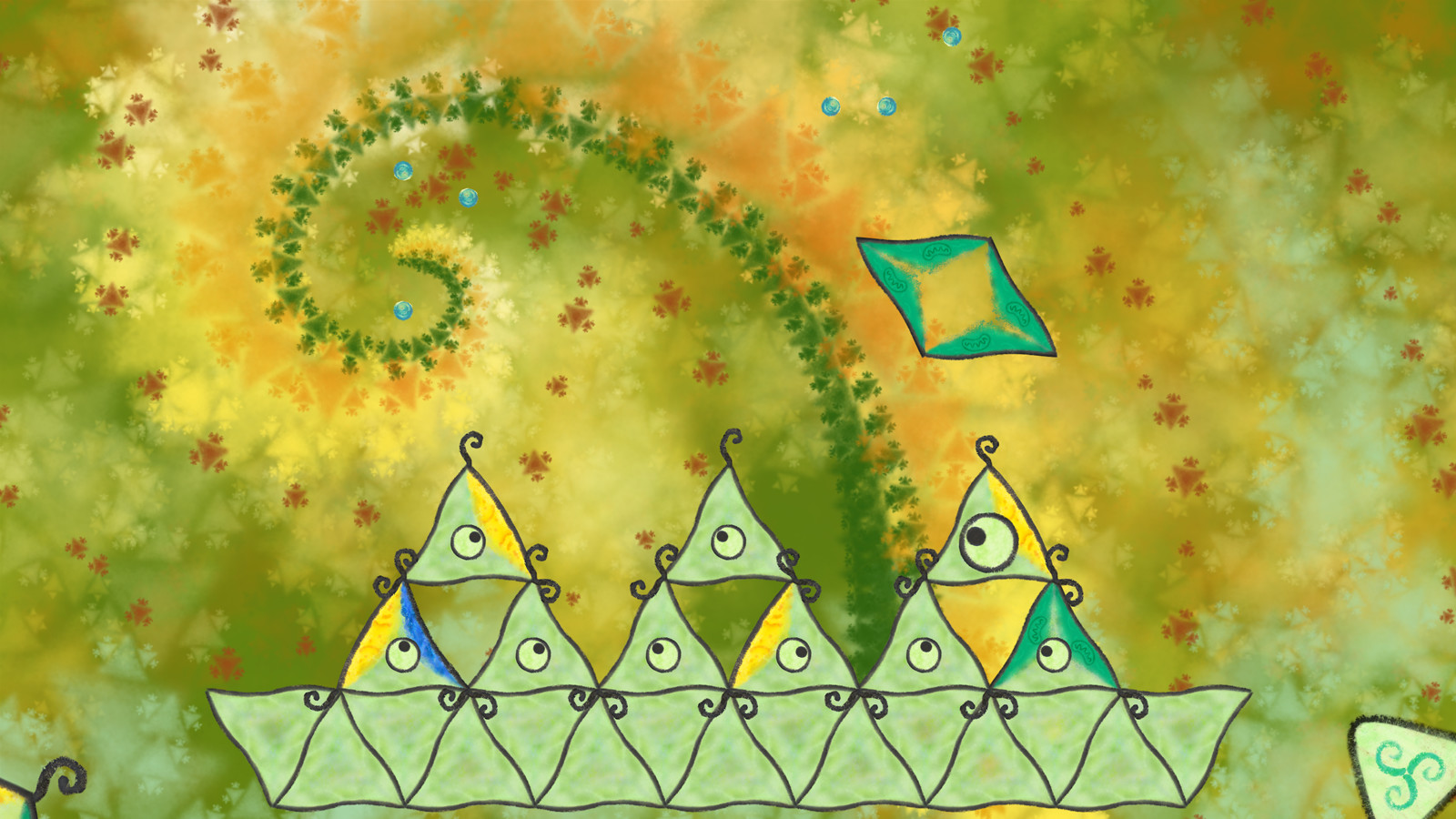To get started with a working JBrowse running on example Volvox data, on machines running Linux or Mac OS X one can simply run:./setup.sh which tries to automatically install the Perl prerequisites, format the Volvox example data, and install JBrowse WIG and BAM support (which require additional dependencies and compilation that can be a bit. The maximum version of Mac OS X, OS X, or macOS supported by each G3 and later Mac follows. For complete specs on a particular system, click the name of the Mac. For all Macs that are compatible with a specifc maximum supported version of Mac OS X - courtesy of EveryMac.com's Ultimate Mac Sort - click the OS of interest.
Hi all,I have a question regarding Volvox call in from GH. I import two meshes to CloudCompare and do ICP without any problems. However, when I try to do the same operation in GH, I get several errors while opening the meshes, and also ICP doensn't execute. Here are my instructions to the command line from GH:
CloudCompare -O C:UserseckogOneDriveDocumentsinitial_guess_registration.obj

Any help will be appreciated!
Volvox Mac Os X
Today is the 20th anniversary of the launch of Mac OS X, and Macworld has an interesting piece on the history leading up to it. Jason Snell goes so far as to say that the new operating system for Macs was 'an act of desperation' by Apple.
Volvo Macon
The reason, he explains, is that while Apple had set a new direction for personal computers with the launch of the Macintosh in 1984, it had lost its way by the late 1990s …
In 1984, a graphical user interface on a personal computer was revolutionary; by the late 1990s, not so much.
As revolutionary as the original Mac was, it was also an early-1980s project that didn't offer all sorts of features that would become commonplace by the late 1990s.
That operating system had been originally designed to fit in a small memory footprint and run one app at a time. Its multitasking system was problematic; clicking on an item in the menu bar and holding down the mouse button would effectively stop the entire computer from working. Its memory management system was primitive. Apple needed to make something new, a faster and more stable system that could keep up with Microsoft, which was coming at Apple with the user-interface improvements of Windows 95 and the modern-OS underpinnings of Windows NT.
By 1996, says Snell, Apple had given up.
In a spectacularly humbling moment for Apple, the company began searching for a company from which it could buy or license an operating system or, at the least, use as the foundation of a new version of Mac OS. The company's management, led by CEO Gil Amelio and CTO Ellen Hancock, clearly had come to the conclusion that Apple itself was incapable of building the next-generation Mac OS.
We all know what happened… next.
Dec. 20, 1996–Apple Computer, Inc. today announced its intention to purchase NeXT Software Inc., in a friendly acquisition for $400 million. Pending regulatory approvals, all NeXT products, services, and technology research will become part of Apple Computer, Inc. As part of the agreement, Steve Jobs, Chairman and CEO of NeXT Software, will return to Apple–the company he co-founded in 1976–reporting to Dr. Gilbert F. Amelio, Apple's Chairman and CEO.
The acquisition will bring together Apple's and NeXT's innovative and complementary technology portfolios and significantly strengthens Apple's position as a company advancing industry standards. Apple's leadership in ease-of-use and multimedia solutions will be married to NeXT's strengths in development software and operating environments for both the enterprise and Internet markets. NeXT's object oriented software development products will contribute to Apple's goal of creating a differentiated and profitable software business, with a wide range of products for enterprise, business, education, and home markets.
Snell gives a good outline of the software challenges that followed, and says that's what makes the anniversary such an important one.
When we celebrate the 20th anniversary of Mac OS X, it's important to realize what we're celebrating. We're celebrating a software release that was the culmination of Steve Jobs's return to Apple. We're celebrating the operating system we still use, two decades later. But we're also celebrating the foundation of iOS, iPadOS, tvOS, and watchOS. Hallway haunt mac os.
In that way, this isn't just the 20th anniversary of Mac OS X 10.0. It's the 20th anniversary of modern Apple, and the end of the dark days when Apple couldn't fix its own operating system.
The full piece is a good read.
FTC: We use income earning auto affiliate links.More.

